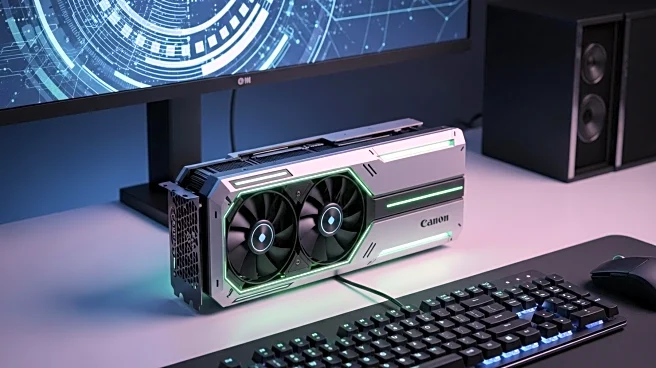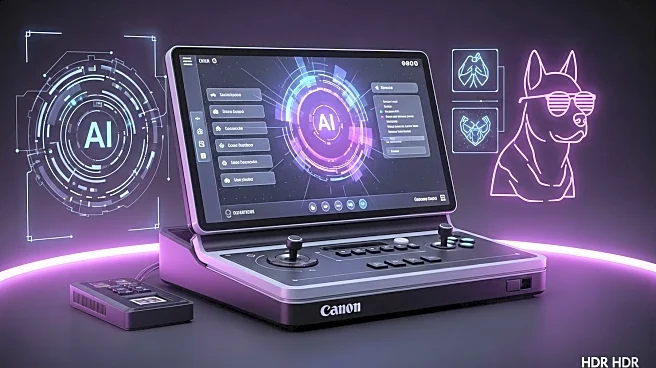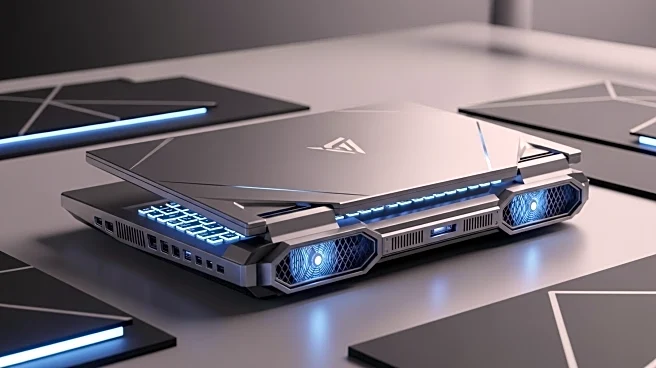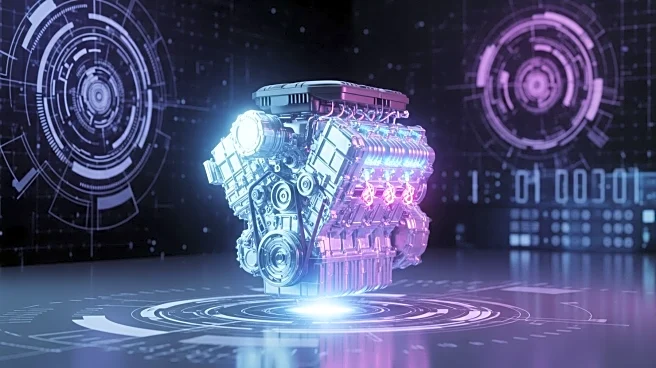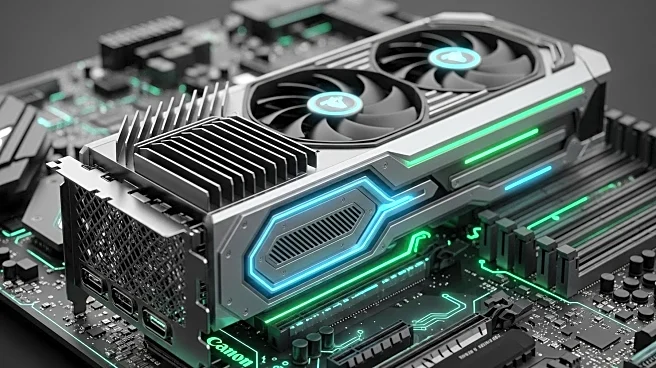What is the story about?
What's Happening?
NVIDIA has introduced the RTX 5080 graphics card, powered by the new Blackwell architecture, which promises significant advancements in graphics processing. The card is designed to deliver high-performance gaming experiences, allowing users to maximize graphics settings in AAA games while maintaining smooth, high-frame-rate play. The RTX 5080 features AI-enhanced rendering capabilities with DLSS 4, which utilizes deep learning neural networks to improve frame rates without compromising visual quality. Additionally, the card includes 16GB of GDDR7 memory, offering faster access to textures and data, enabling 4K gaming with ray tracing and handling complex 3D scenes efficiently. ASUS has equipped the card with Axial-tech fans and a vapor chamber cooling system to manage thermal performance effectively.
Why It's Important?
The introduction of the RTX 5080 marks a significant leap in graphics technology, particularly for gamers and content creators seeking top-tier performance. The Blackwell architecture and DLSS 4 technology enhance rendering capabilities, providing smoother and more immersive gaming experiences. The card's advanced memory and cooling solutions address common performance bottlenecks, allowing users to push the limits of gaming and creative applications. This development is likely to influence the competitive landscape of the graphics card market, as NVIDIA continues to set benchmarks for high-performance computing.
What's Next?
With the RTX 5080 now available, consumers can expect competitive pricing and potential discounts, as seen in early Prime Day sales. The card's release may prompt responses from other graphics card manufacturers, potentially leading to innovations and price adjustments in the market. Enthusiasts and professionals will likely explore the card's capabilities in various applications, from gaming to video editing and 3D rendering, driving demand for high-performance computing solutions.
Beyond the Headlines
The RTX 5080's release highlights the ongoing trend of integrating AI technologies into consumer electronics, particularly in gaming. The use of deep learning for rendering frames represents a shift towards more intelligent and efficient processing methods, which could have broader implications for future technology developments. As AI continues to evolve, its integration into hardware like graphics cards may redefine performance standards and user expectations.
AI Generated Content
Do you find this article useful?
